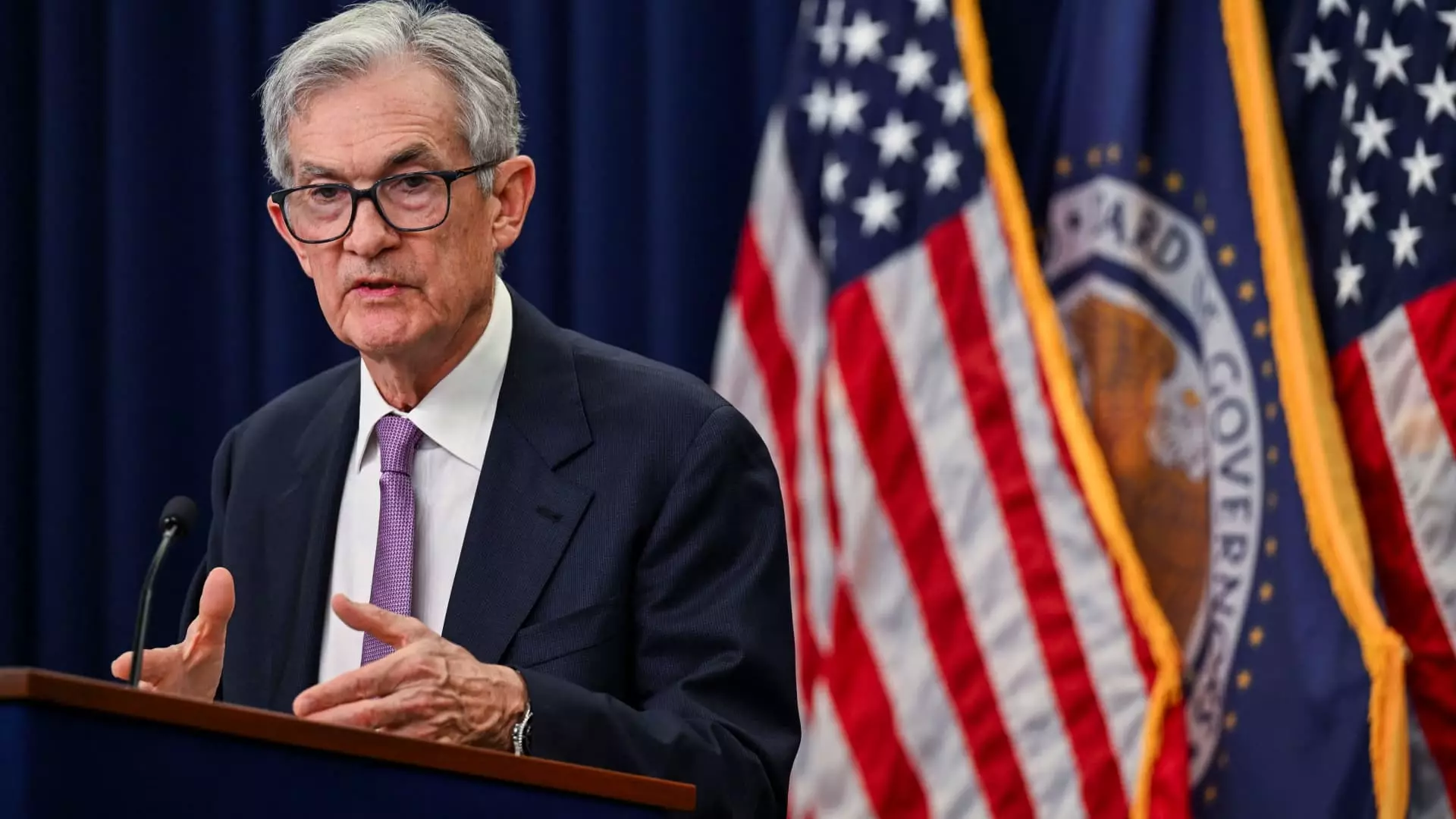The Federal Reserve has recently revised its projections for interest rate cuts, reflecting a more cautious approach to monetary policy in the upcoming years. On Wednesday, the Fed signaled an expectation for only two quarter-point rate cuts in 2025, a significant reduction from its prior outlook of four. This adjustment, paired with a new assessment of inflation and GDP growth, offers essential insight into the current economic landscape and the Fed’s strategies moving forward.
At the latest policy meeting, the Federal Reserve set its target range for the overnight borrowing rate at 4.25% to 4.5%. The recent dot-plot revealed that 14 out of 19 Federal Open Market Committee (FOMC) members anticipate no more than two quarter-point rate cuts in 2025, demonstrating a shift in sentiment surrounding economic recovery. Five members believe that the central bank may opt for more aggressive cuts, but the prevailing mood indicates a gradual approach. The Fed’s previous expectation, suggesting four cuts amounting to a full percentage point reduction in 2025, seems overly optimistic given the current economic indicators.
Inflation and Growth Adjustments
Amid these shifts, projections for inflation have slightly increased. The Fed’s latest estimates for both headline and core inflation rose to 2.4% and 2.8%, respectively, compared to previous forecasts. This indicates that the central bank is more concerned about upward pressure on prices than it was just a month prior. Furthermore, the Fed has raised its forecast for overall GDP growth to 2.5% for the current year, a half-percentage point increase from prior estimates. However, this optimism is tempered by projections of a slowdown to the long-term growth rate of 1.8% in the subsequent years, suggesting that while the economy may be navigating some immediate challenges effectively, long-term prospects remain uncertain.
The adjustments don’t end with inflation and GDP forecasts. The Fed has also revised its unemployment rate estimate down to 4.2%, a shift from the earlier 4.4%. This suggests that labor market conditions may be tighter than previously assumed, which is a positive sign for job seekers and overall economic health. However, there is still caution regarding the sustainability of these improvements in employment figures.
As the Federal Reserve navigates the complexities of economic indicators, the implications for future monetary policy are significant. The shift toward fewer projected rate cuts indicates a more measured response to economic pressures. The central bank is clearly weighing the necessity of supporting growth while balancing inflation concerns.
The Federal Reserve’s new projections illustrate a nuanced understanding of the current economic climate. With a careful approach to interest rates, alongside revised inflation and growth forecasts, the Fed aims to foster a stable economic environment. Stakeholders should closely monitor these developments as they could shape economic policies and conditions well into the future.

